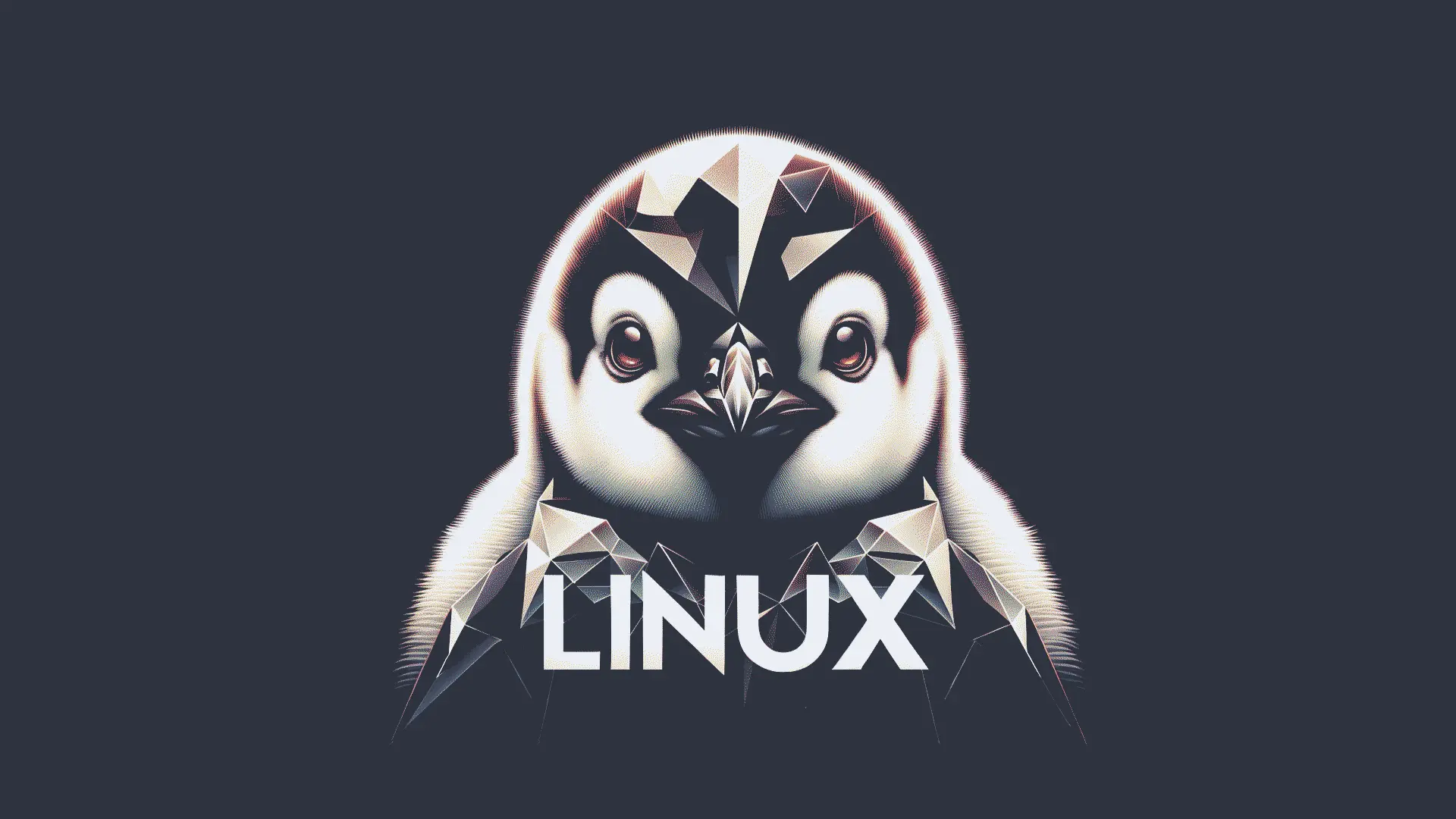Linux, the open-source operating system that powers everything from smartphones to supercomputers, has an origin story that’s as fascinating as the software itself.
It began as a personal project of a Finnish student and evolved into a global phenomenon, challenging the dominance of proprietary systems like Microsoft Windows and Unix. Lets explores the humble beginnings of Linux, its evolution, and how it came to be the cornerstone of modern computing.

The Birth of an Idea.
In the early 1990s, Unix was the operating system of choice for universities and large corporations, but it was expensive and not accessible to hobbyists or students. Linus Torvalds, a 21-year-old computer science student at the University of Helsinki, was one such student frustrated by the limitations of the available operating systems. He wanted to create a free and open-source alternative to the costly Unix system that he could use on his personal computer.
Inspired by MINIX, a small Unix-like system designed for educational purposes by Professor Andrew S. Tanenbaum, Linus began working on his own kernel—the core component of an operating system. On August 25, 1991, he made a now-famous announcement on the comp.os.minix newsgroup, stating that he was working on a free operating system, “just a hobby, won’t be big and professional like GNU.”
The GNU Influence.
Linus wasn’t starting from scratch. The GNU Project, launched by Richard Stallman in 1983, aimed to create a free Unix-like operating system. By the early 1990s, the GNU Project had developed many essential components, such as the GNU C Compiler (GCC) and the Bash shell. However, it lacked a working kernel, which was the missing piece for a fully functional operating system.
Torvalds’ Linux kernel provided that missing piece. While Linux was originally developed as a kernel only, it was combined with GNU’s tools to create a complete operating system. This combination of the Linux kernel and GNU software is what most people refer to as “Linux” today.
The Rise of Open Source.
What truly set Linux apart was its open-source nature.
From the beginning, Linus released Linux under the GNU General Public License (GPL), allowing anyone to view, modify, and distribute the code. This openness attracted a global community of developers who contributed to the project, rapidly improving and expanding the system.
Linux quickly grew in popularity among programmers and tech enthusiasts. The early versions of Linux were simple and required significant technical knowledge to install and operate. However, as more developers got involved, Linux became more user-friendly, with distributions like Slackware, Debian, and Red Hat making it easier to install and use.
Linux Goes Mainstream.
By the late 1990s, Linux had started to gain traction beyond the realm of hobbyists and into the business world. Companies like IBM, Oracle, and later Google saw the potential of Linux for enterprise applications. Its stability, security, and scalability made it an attractive option for servers, data centers, and eventually, cloud computing.
In 1998, the open-source community received a significant boost when Netscape Communications announced that it would release the source code for its Netscape Navigator browser, leading to the development of Mozilla Firefox. This move was influenced by the success of Linux and the growing acceptance of open-source software.
The year 2000 was a turning point when IBM announced a billion-dollar investment on Linux. This validation from a tech giant helped Linux gain credibility in the corporate world, leading to widespread adoption in various industries.
The Linux Kernel Today.
Today, the Linux kernel is the foundation of numerous operating systems, known as distributions or “distros,” such as Ubuntu, Fedora, and CentOS. It also forms the core of Android, the world’s most widely used operating system for smartphones. Linux powers the majority of the world’s web servers, supercomputers, and even space missions.
Linus Torvalds continues to oversee the development of the Linux kernel, guiding its evolution as it adapts to new technological challenges. The open-source community remains vibrant, with thousands of developers contributing to the ongoing success of Linux.
End Note.
What began as a hobby project by a university student has transformed into one of the most significant technological achievements in modern history. Linux’s journey from obscurity to ubiquity is a testament to the power of collaboration, innovation, and the open-source philosophy.
As Linux continues to evolve, its influence on the world of technology shows no signs of slowing down, it keeps on challenging mainstream operating systems, and its story is far from over.
Leave a Reply